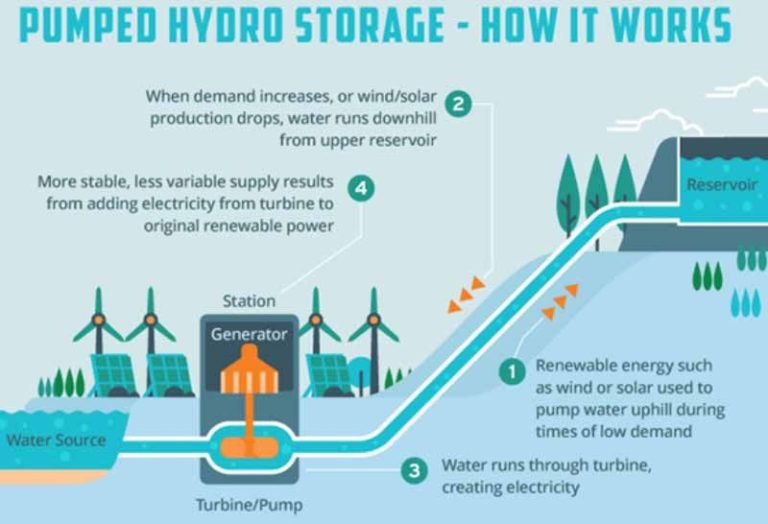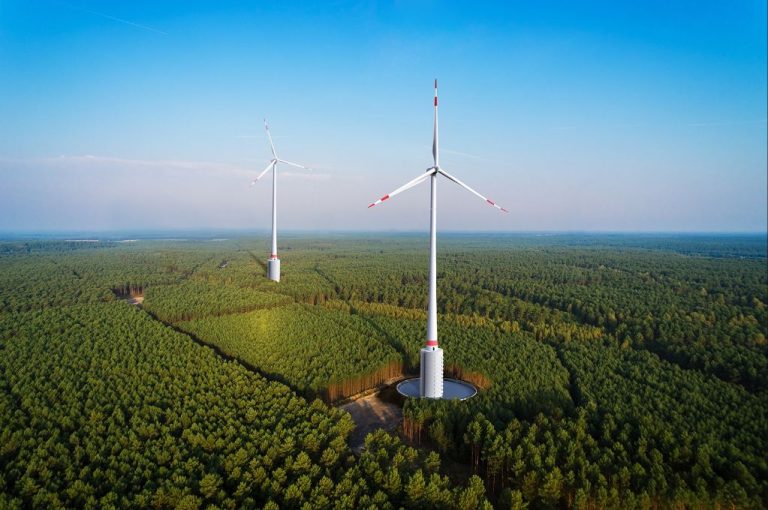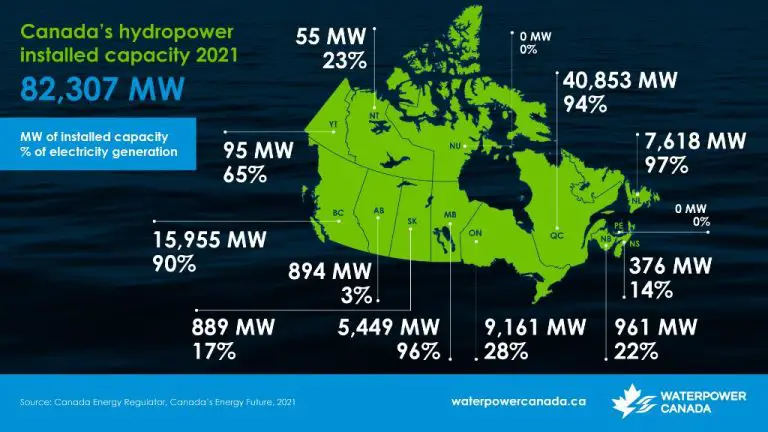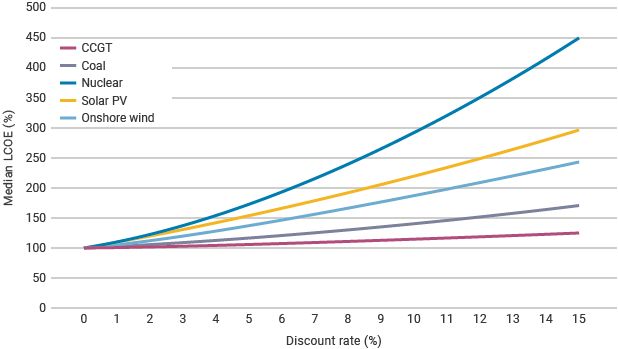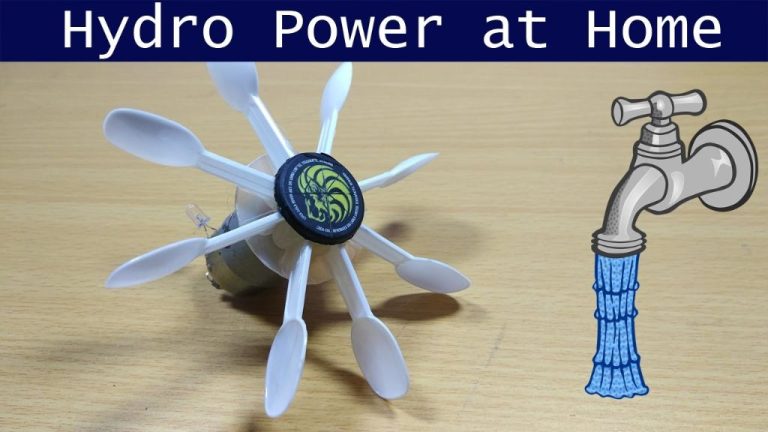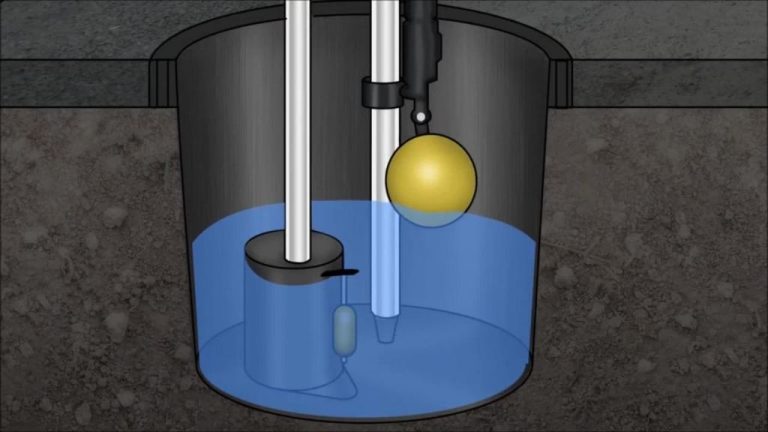What Resources Does Hydro Energy Use?
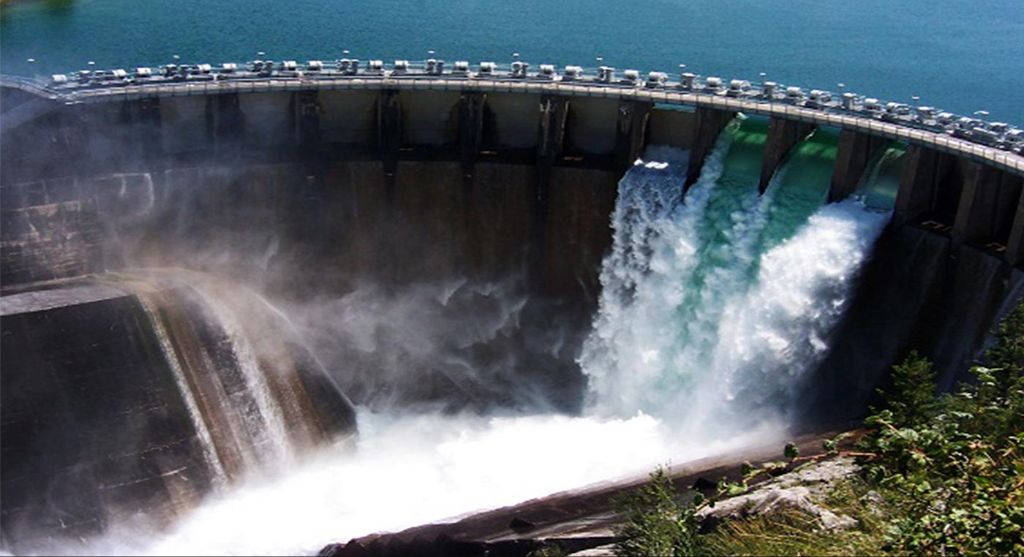
Hydro energy, also called hydropower, utilizes the flow of water on rivers and other sources to generate renewable electricity. Most hydro power plants rely on dams and reservoirs to control water flow and provide steady power generation. Understanding the resources required to produce hydroelectricity is important to evaluating its environmental and economic sustainability.
This article will provide an overview of the key resources used in hydroelectric power generation, including water, land, construction materials, energy, human capital, and finances. It will also compare hydro to other renewable energy sources. The goal is to give readers a comprehensive look at the inputs and impacts of hydropower projects.
Water Resources
Hydroelectric power relies on water as its fuel source. The amount of water needed depends on the size of the hydroelectric facility. Large scale hydroelectric dams require reservoirs or lakes to store massive amounts of water, which affects water levels and flow downstream. According to the U.S. Geological Survey, hydroelectric power accounts for around 19% of electricity in the United States and currently meets this demand through existing dams and reservoirs without requiring more water storage capacity.
However, creating new large hydroelectric dams floods land and changes ecosystems, impacting plants and wildlife in the area. According to a study by the National Renewable Energy Laboratory, hydroelectric power evaporated an average of 18 gallons of fresh water per kWh used by the consumer as of 2004.
Land Resources
Hydroelectric dams require flooding large areas of land to create reservoirs for storing water. According to a 2018 NASA article, hydropower reservoirs have flooded nearly 600,000 square kilometers of land globally, which is about the size of France (Land Under Water: Estimating Hydropower’s Land Use Impacts). Flooding land for reservoirs destroys forests, wildlife habitats, agricultural lands and local communities. The creation of the Three Gorges Dam in China flooded 13 cities, 140 towns and 1,350 villages, displacing over 1.4 million people (Environmental Impacts of Hydroelectric Power). Reservoirs behind dams alter the natural flow of rivers, change water temperatures, block fish migration and destroy downstream habitats.
Construction Materials
Building a hydroelectric power plant requires significant amounts of construction materials including concrete, steel, copper and aluminum. Concrete is used extensively in the civil works of a hydroelectric project including the dams, spillways, penstocks and powerhouses. According to the U.S. Department of Energy, over 1 million cubic yards of concrete may be required for a large hydroelectric facility (https://www.energy.gov/eere/water/how-hydroelectric-energy-works). The amount of concrete needed depends on the size and scale of the project. Steel reinforcements are embedded in the concrete structures to provide tensile strength.
Large steel penstocks, turbines, generators and other mechanical equipment are key components of hydroelectric plants. As noted in a Pacific Northwest National Lab report, turbines can weigh over 170 tons and contain a significant amount of steel (https://www.pnnl.gov/materials-science-hydropower). Copper winding in generators and aluminum transformer windings are also important materials used in hydroelectric projects. An Oak Ridge National Lab report on advanced manufacturing for hydropower states that materials selection and optimization is an important consideration in turbine design and performance (https://www.ornl.gov/file/advanced-manufacturing-hydropowerreport/display).
Energy Resources
Hydroelectric dams require significant amounts of energy resources for construction and operation. The concrete used in dam construction requires energy intensive manufacturing processes like mining raw materials and operating heavy machinery (https://www.eia.gov/energyexplained/hydropower/). Furthermore, constructing the dams and reservoirs requires running excavation equipment, transport vehicles, and other machinery powered by fossil fuels like gasoline and diesel (https://www.energy.gov/eere/water/benefits-hydropower).
Once built, hydroelectric plants continue consuming energy to operate. Energy is required to pump water, power turbines for electricity generation, and transmit the electricity via transmission lines stretching long distances. Many dams also use fossil fuels like natural gas or diesel to power generators (https://www.usgs.gov/special-topics/water-science-school/science/hydroelectric-power-water-use). Overall, hydroelectric projects involve substantial energy usage, especially from non-renewable fossil fuel sources.
Human Resources
Hydroelectric power plants require a significant number of workers to operate and maintain the facilities. According to job search engines like Indeed, LinkedIn, and ZipRecruiter, there are hundreds of job openings related to hydroelectric plants across the United States. The most common positions are plant operators, mechanics, electricians, engineers, construction workers, and maintenance technicians.
Operating and maintaining a hydroelectric plant requires specialized training and skills. Plant operators need training in power generation systems, control rooms, and dam operations. Mechanics and electricians require vocational education and certification in their fields. Engineers need a bachelor’s degree or higher in electrical, mechanical, civil or environmental engineering (Indeed). Construction work on dams and powerhouses also generates many temporary jobs.
In summary, hydroelectric plants generate a significant number of stable jobs related to plant operations and maintenance. These jobs provide employment opportunities for local communities near the facilities. Hydroelectric companies invest substantially in job training to develop the skilled workforce needed to run the plants safely and efficiently.
Financial Resources
Hydroelectric power plants require significant upfront financial resources for construction costs. According to Statista, the global average installed cost for hydropower projects was $2,881 per kW in 2022 [1]. Construction costs can vary widely depending on the size and type of project. Large-scale projects can cost between $1,050-$7,650 per kW, while small hydropower projects range from $1,300-$8,000 per kW according to IRENA [2].
In the United States, hydro had the highest average construction cost per MW of any power generation technology, at around $3,027/kW in 2016 according to Hydro Review [3]. This is significantly higher than solar ($2,213/kW) or onshore wind ($1,630/kW).
Governments often provide incentives like grants, tax credits, and loan guarantees to support the development of new hydropower projects and offset the high upfront costs. Low-interest government loans can help secure financing for multi-billion dollar projects. Once constructed, hydro plants have relatively low maintenance and operating costs compared to fossil fuel plants.
Maintenance Resources
Hydroelectric power plants require regular maintenance to keep the equipment like turbines, generators, valves, gates, and electrical systems running efficiently. Preventive maintenance is critical and involves scheduled checks, lubrication, cleaning, and part replacements to prevent failures and extend the life of equipment.
Turbines need to be periodically inspected, with bearings lubricated and parts repaired or replaced as needed. Gearboxes also require regular inspection and maintenance. Dams, water conveyance structures, and intake gates need monitoring and upkeep to prevent leaks or failures.
According to Energolatina (https://energolatina.com/maintenance-for-hydroelectric-power-plants/), general cleaning of equipment, pipes, and accessories inside the powerhouse should be done routinely, along with visual checking of electrical connections and switchyard maintenance.
Maintenance is an ongoing expense for hydroelectric facilities. Proper maintenance helps ensure efficient, safe, and reliable operation over the long-term.
Comparison to Other Renewables
When comparing hydro energy to other renewable energy sources like solar and wind in terms of resource usage, there are some key differences to consider.
Hydroelectric dams require a large amount of water flow to generate electricity, so they can only be built in locations with access to major rivers or waterfalls. Building a dam floods the surrounding land and dramatically alters the local environment and ecosystem (Ecoflow). Solar and wind farms in comparison have a much smaller physical footprint.
Constructing a hydroelectric dam also consumes significant amounts of materials like concrete and steel rebar. The massive Three Gorges Dam in China used over 27 million cubic meters of concrete (Chariot Energy). Solar panels and wind turbines require far less raw materials to manufacture and construct.
While hydropower facilities themselves do not consume fuel to generate electricity, large amounts of energy are required to build and maintain the dams. Trucking materials, excavation, and concrete production at the construction site are all energy-intensive. Solar and wind projects require much less energy input for ongoing operations.
So while hydroelectricity has the advantage of being consistent and reliable, it comes at the cost of greater disruption and resource usage compared to other renewable energy sources.
Conclusions
In summary, hydroelectric power relies on several key resources for generating electricity. The most important is an abundant water source, such as a river or reservoir. Sufficient flows and drops in elevation are needed to produce electricity efficiently. Hydroelectric facilities also require substantial land resources for the dam, reservoir, and power station. Large amounts of construction materials like concrete and steel are necessary for building these massive structures. While hydroelectric plants themselves do not consume other fuels during operation, significant energy inputs are needed to mine, manufacture, and transport the raw materials required for construction. Lastly, hydroelectric projects require financial capital and human resources for development. Overall, hydropower can be an affordable and renewable energy source when designed and operated efficiently. But the substantial resources required for construction must be weighed against the long-term electricity generation benefits.

